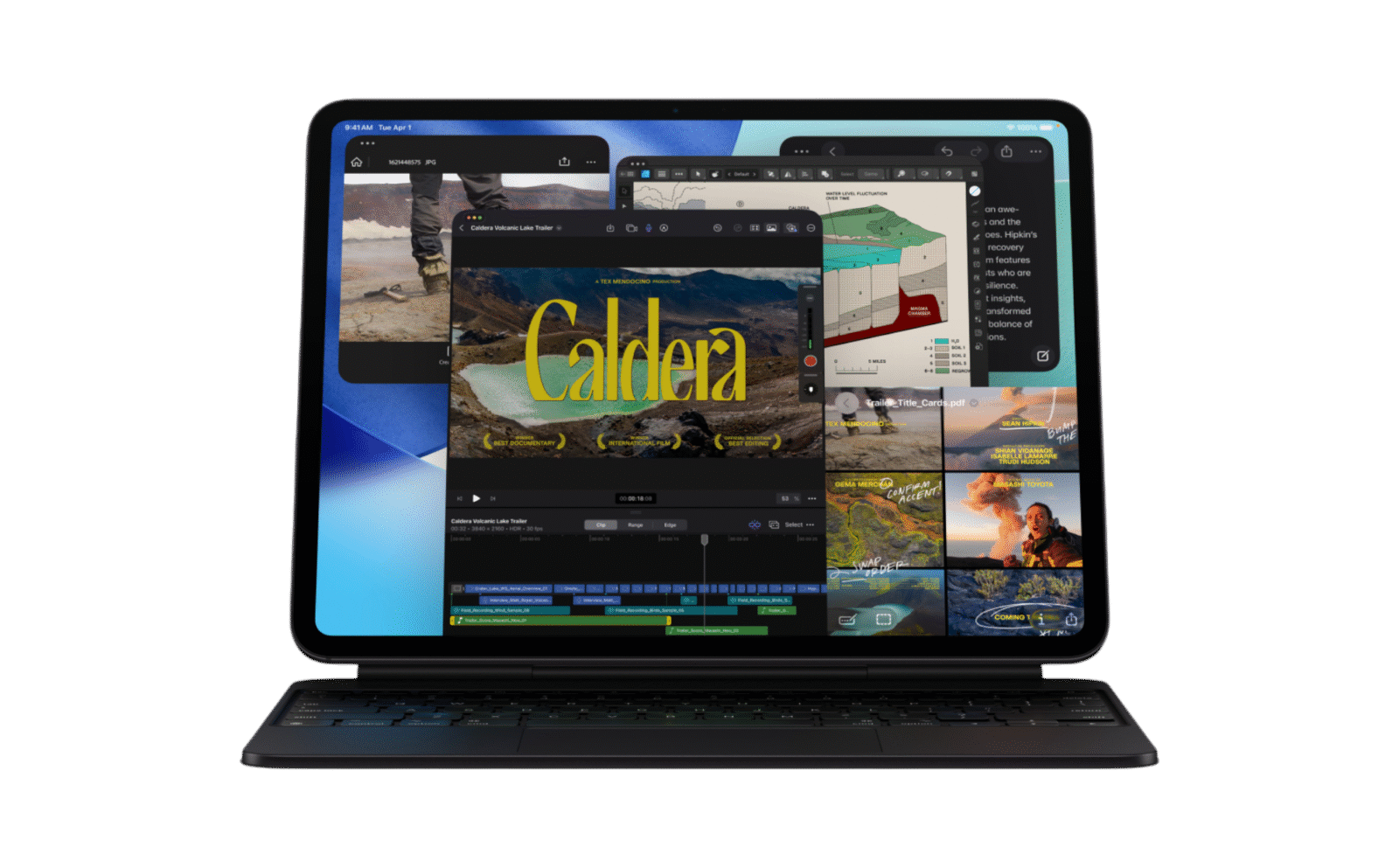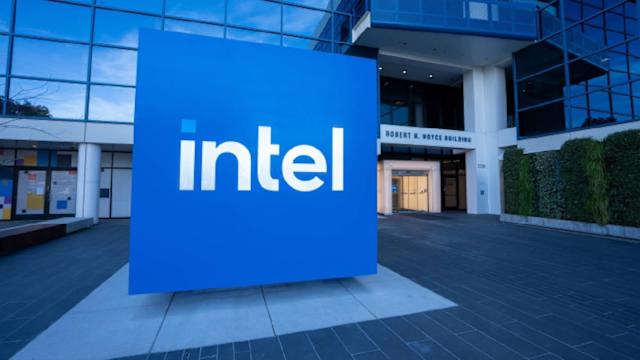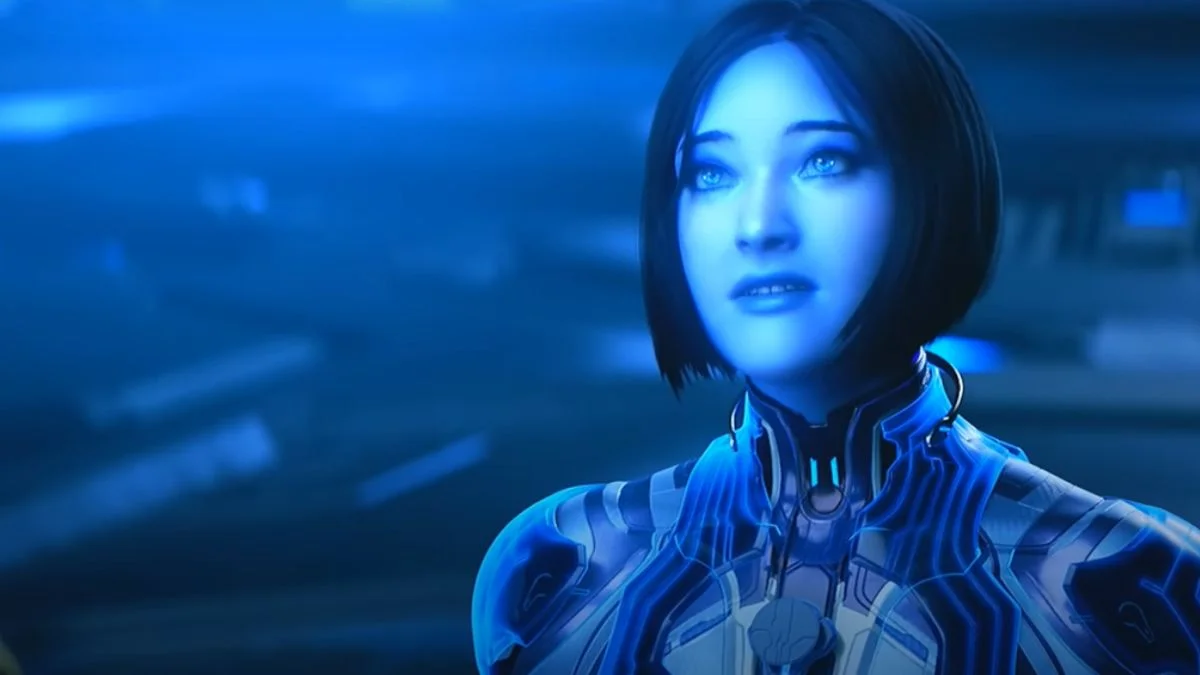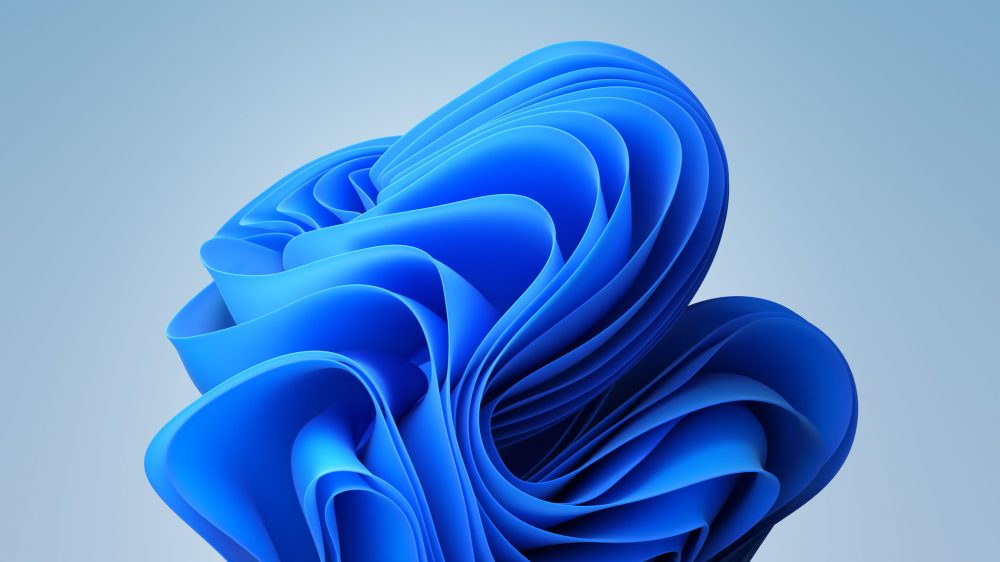TL;DR: Hurry Up Tomorrow is The Weeknd’s ambitious yet flawed cinematic venture that mirrors his musical themes of fame, identity, and self-destruction. While visually captivating, the film’s narrative struggles to find coherence, making it a compelling watch for devoted fans but a perplexing experience for general audiences.
Hurry Up Tomorrow
Prologue: Echoes of a Falsetto
In the ever-evolving landscape of music and cinema, few artists have blurred the lines between the two as audaciously as Abel Tesfaye, known to the world as The Weeknd. From his enigmatic mixtape days to his chart-topping hits, Tesfaye has consistently woven narratives of love, loss, and the intoxicating allure of fame. With Hurry Up Tomorrow, he ventures into the realm of film, crafting a psychological thriller that serves as both a companion piece to his sixth studio album and a meta-commentary on his own persona.
Act I: The Genesis of a Dream
The inception of Hurry Up Tomorrow is deeply rooted in a pivotal moment during Tesfaye’s After Hours til Dawn tour in 2022. Mid-performance at SoFi Stadium, he abruptly lost his voice, leading to the cancellation of the show. This incident, more psychological than physical, became the catalyst for a profound introspection, eventually manifesting in both the album and the film. Collaborating with director Trey Edward Shults and co-writer Reza Fahim, Tesfaye embarked on a journey to translate his internal turmoil into a cinematic experience.
Act II: A Descent into the Psyche
Hurry Up Tomorrow introduces us to a fictionalized version of Tesfaye, an insomniac musician grappling with the pressures of fame and personal demons. His path crosses with Anima, portrayed by Jenna Ortega, a mysterious figure who embodies both muse and menace. Their encounter spirals into a surreal exploration of identity, guilt, and the blurred boundaries between reality and delusion.
The narrative structure is intentionally disjointed, mirroring the protagonist’s fragmented psyche. While this approach offers a raw and unfiltered glimpse into Tesfaye’s internal struggles, it also challenges the viewer’s ability to find a cohesive thread. The film oscillates between moments of profound vulnerability and scenes that feel self-indulgent, leaving audiences oscillating between empathy and exasperation.
Act III: Visual Poetry and Sonic Landscapes
Visually, Hurry Up Tomorrow is a testament to Shults’ directorial prowess. Shot on 35mm film by cinematographer Chayse Irvin, the movie boasts a rich tapestry of imagery, from the hauntingly desolate Canadian Rockies to the vibrant chaos of Los Angeles nightlife. These visuals are complemented by a meticulously crafted score, a collaboration between Tesfaye and Daniel Lopatin, which seamlessly blends atmospheric soundscapes with the artist’s signature falsetto.
However, the film’s aesthetic brilliance often overshadows its narrative substance. The emphasis on mood and tone, while evocative, sometimes comes at the expense of character development and plot progression. This imbalance results in a viewing experience that is as mesmerizing as it is confounding.
Act IV: Performances in the Spotlight
Tesfaye’s portrayal of himself is a study in restraint. His performance is introspective, capturing the nuances of a man teetering on the edge of collapse. Yet, this subdued approach occasionally borders on monotony, lacking the dynamism expected from a leading role.
In contrast, Jenna Ortega delivers a compelling performance as Anima. Her portrayal oscillates between vulnerability and volatility, grounding the film’s more surreal elements in emotional authenticity. Barry Keoghan’s role as Lee, Tesfaye’s manager, is underutilized, leaving audiences yearning for a deeper exploration of his character’s motivations and relationship with the protagonist.
Act V: Themes and Interpretations
At its core, Hurry Up Tomorrow is an exploration of the duality of fame—the allure and the abyss. It delves into the psychological toll of living under constant scrutiny, the erosion of personal identity, and the desperate search for meaning amidst chaos. The film also serves as a meta-commentary on Tesfaye’s own career, blurring the lines between artist and art, reality and fiction.
However, the film’s ambitious themes are sometimes muddled by its abstract narrative and stylistic choices. While the intention is to immerse the viewer in the protagonist’s disoriented state, the lack of clear narrative anchors can leave audiences feeling adrift.
Epilogue: A Reflection on Artistry
Hurry Up Tomorrow is a bold endeavor that pushes the boundaries of traditional storytelling. It is a visual and auditory experience that demands active engagement and introspection. While it may not resonate with all viewers, particularly those seeking a conventional narrative, it stands as a testament to Tesfaye’s commitment to artistic evolution.







